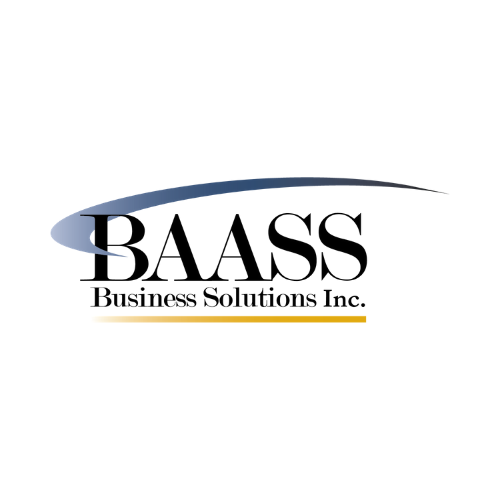
Supply chain visibility is a simple and obvious idea: know where everything is at all times. Even the means of achieving it - using software to track items and movements is pretty basic. But in reality it isn't easy to keep an eye on everything, even with sophisticated software solutions. Here are some excellent pointers to consider when you are selecting a technology system to put in place for your supply chain.
1) Come to terms with what 'visibility' means to your company before you set out to buy and implement a visibility solution. Some people may see the information that comes to a company before it hits a distribution centre as visibility. If its before the fact, its about having visibility about whats coming in so it will help people improve their planning. Some might see it as after-the-fact information like metrics dashboard analysis - its more visibility after the fact because they use historical data to understand how the market reacts or how their operation is behaving. Also set out what you hope to achieve by improving the depth and clarity of visibility.
2) Examine the big picture. What is the company's goal? What business need is driving the project? Even though supply chain visibility is a hot and ongoing trend in the industry, that's not a good reason to hop on this particular bandwagon without knowing what direction it's going to take. Take a bit of time up front to think about the situation. Identify your strategic priorities, vision and what you are trying to accomplish. Determine what is an efficient supply chain for you. Is it lowest cost or balanced cost and service?
3) There will always be blind spots, but it's how you plan to manage around them that's important. Maybe there is a combination of some manual tools and techniques in certain parts of the supply chain or in certain areas that at least gives you some basic information until you get the product back on the grid where its able to be tracked and traced - it depends on the suppliers sophistication. It's kind of a patchwork of different areas that have different levels of visibility and what you have to try to do is join up that patchwork and gradually close down the blind spots over time.
4) Where do you exist in the supply chain? Businesses need to understand where exactly they exist in the supply chain, as their role may mean that they aren't in a position to dictate the technology standards or procedures that enable visibility. It all depends where you are in the chain. Are you on top of the chain or the bottom? If you're on the bottom some stuff may be dictated to you.
5) Are your staff on board? Not only do businesses need to know their institutional roles, companies need to realize that implementing any large, wide-ranging software system, especially one that is going to provide increased amounts of data and information, is going to put demands on staff. So any software visibility project will require the co-operation and support of employees.
6) Allocate time and resources for training. Company leaders need to ensure that any significant software project includes in the budget, time and resources for education. If employees aren't given the training they need to understand and use the new tools, a company is likely wasting money buying the software in the first place. That's often an area that is underestimated. If you've got a great system and a great tool and you haven't got the people organized properly to use it, you're going to get suboptimal returns.
7) Use analytics and Intelligence to stay focused on what's important. The purpose of any type of supply chain visibility solution is to handle as much as possible automatically - without human intervention. As the volumes of data grow, it is increasingly important for people to focus their attention only on the key issues or the most pressing problems. Once you have a historical database of what's been happening over time, people can use your supply chain visibility for predicting what they need to do differently. Analytics will tell you if there's a specific trend you should pay attention to because you are seeing more selling in an area you hadn't expected. Intelligence comes from the data to help or improve the strategic orientation of the company.
8) GIGO - Garbage in, Garbage Out. Essentially, GIGO means it is impossible to make good decisions based on bad information. In terms of supply chain visibility software, that means having accurate, clean data. So before installing any new visibility software or predictive analytics module or trend reporting tools, it is absolutely critical to review the data that will be used to populate the new systems.
9) Standalones, integrated modules and cloud services. Depending on budget, functionality and the IT environment of the company, you may choose a SaaS (software as a service) solution, standalone, best of breed or a more customized solution. Choosing between them is something you have to do during the selection process. You need to compare the functionality between the ERP and the standalone systems. No matter which option you choose, no organization should enter into a software visibility project thinking it will be wrapped up in a few days and the result will be perfectly functioning software. You have to do these things in steps. You're not going to build the whole thing blindly without doing a phased approach.
In the end, it's just important for organizations to realize that if they want to embark on projects that improve supply chain visibility, they need to keep their eyes open.
